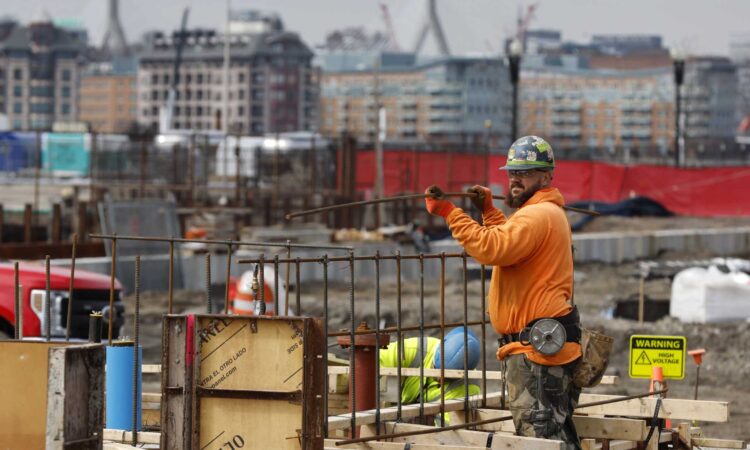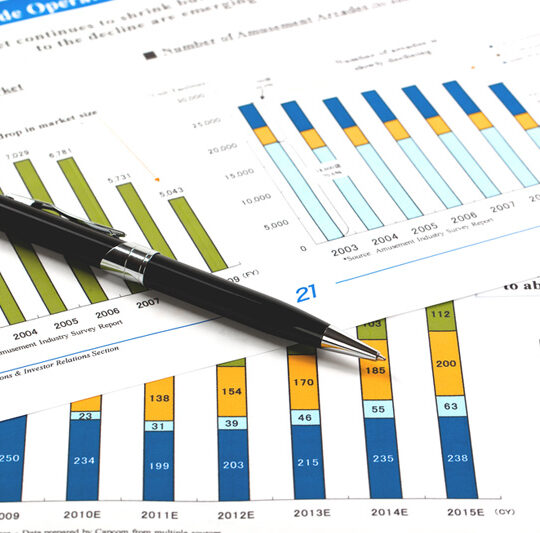
WASHINGTON (AP) — The U.S. economy maintained its resilience from October through December despite rising interest rates, growing at a 2.6% annual pace, the government said Thursday in a slight downgrade from its previous estimate. But consumer spending, which drives most of the economy’s growth, was revised sharply down.
The government had previously estimated that the economy expanded at a 2.7% annual rate last quarter.
The rise in the gross domestic product — the economy’s total output of goods and services — for the October-December quarter was down from the 3.2% growth rate from July through September. For all of 2022, the U.S. economy expanded 2.1%, down significantly from a robust 5.9% in 2021.
The report suggested that the economy was losing momentum at the end of 2022.
Consumer spending rose at a 1% annual rate last quarter, revised down from a 1.4% increase in the government’s previous estimate. It was the weakest quarterly gain in consumer spending since COVID-19 slammed the economy in the spring of 2020. Spending on physical goods, like appliances and furniture, which had initially surged as the economy rebounded from the pandemic recession, fell for a fourth straight quarter.













